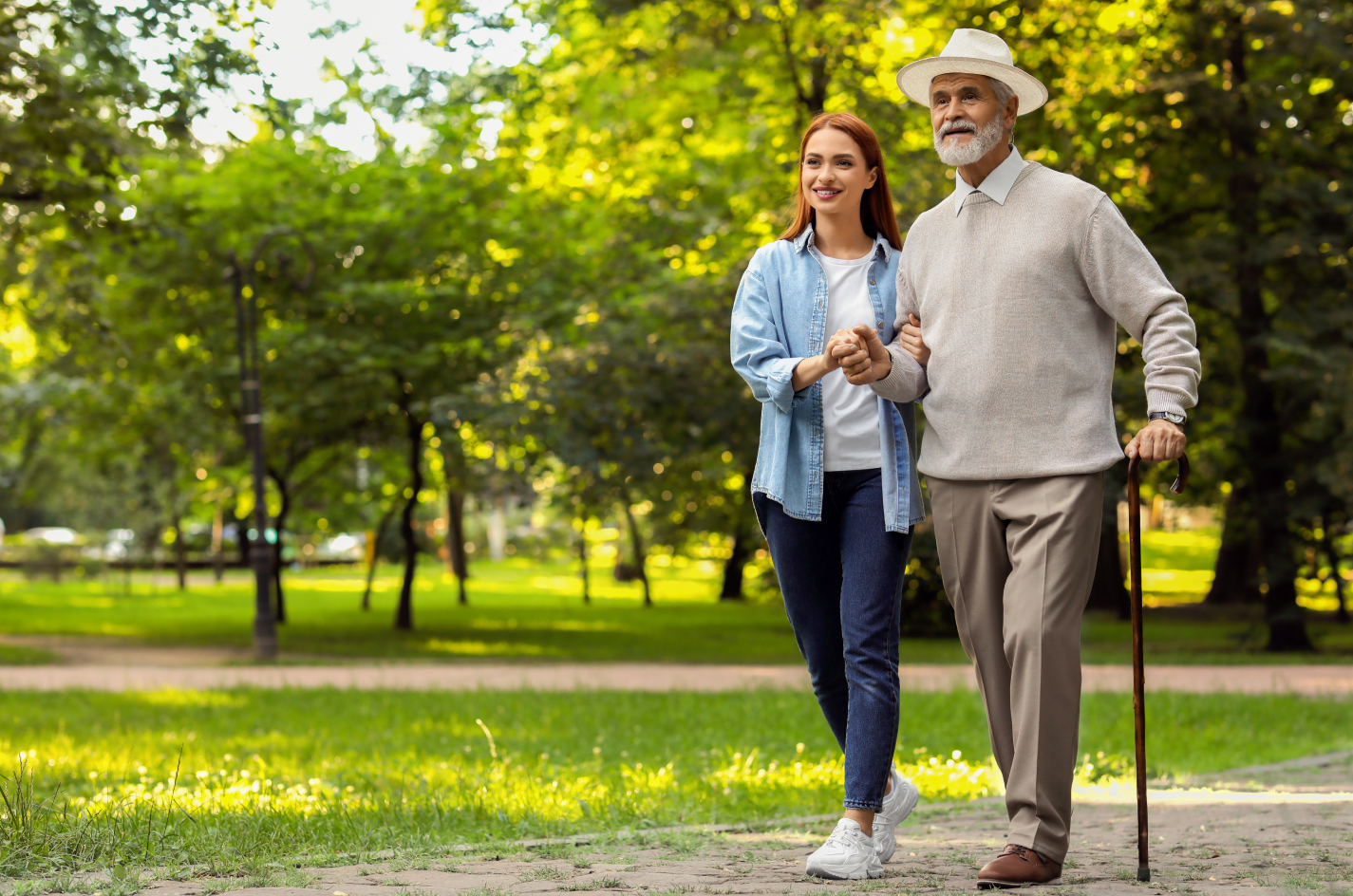We’ve all had those moments – tripping over an untied shoelace or missing a step on the staircase. For most, these stumbles are fleeting incidents, easily forgotten by the next morning. But for our elderly, a simple trip could mean so much more. It could mean loss of independence, hospitalization, or even worse, becoming one of the tragic statistics.
1. The Gravity of a Fall: Connecting the Dots
When I was younger, I witnessed my grandmother’s life unravel after a seemingly innocent fall. Within a year, she went from driving her beloved mini-minor to a hospital bed, losing her mobility, dignity and ultimately, her life. It’s stories like these, echoed by the unfortunate events surrounding public figures like Dame Edna (Barry Humphries) and Carla Zampattis, that remind us of the profound impact of such events.
2. The Grim Numbers: Australia’s “Falling” Crisis
A staggering 364 Australians above the age of 65 face hospitalisation due to falls daily. With predictions showing this number may grow substantially, it’s clear: falls are more than just accidents – they’re a national concern.
Falls are Australia’s leading cause of injury hospitalisation and death, representing 43% of injury hospitalisations and 42% of injury deaths. Almost half of fall deaths result from head injuries and about 30% involve hip fractures. Falls can lead to serious head injuries, loss of mobility, and loss of independence and years of life.
About 55 people suffer from a hip fracture every day in Australia and virtually all these people end up in hospital. About 1 in 3 of these people will die within 1 year due to complications. Not all these hip fractures are due to osteoporosis, but bone health, muscle strength and good balance can play a significant role in preventing these fractures.
3. The Cost Beyond Dollars and Cents
The financial burden is undeniable, with falls costing over $2.3 billion in 2020 in Australia alone. Yet, the emotional and personal toll – from lost independence to the strain on families – is immeasurable.
4. Unravelling the Reasons Behind the Tumble
Many factors come into play when assessing the reasons our elderly are more susceptible to falls:
– Age-related muscle (sarcopenia)and bone (osteoporosis) degeneration.
– Many medical conditions like diabetes.
– Multiple medications and pain killers with interactions and dizziness as side effects.
– Natural decreases in reflexes, agility, and balance.
– Poor posture and walking gait.
Furthermore, post-menopause women face an increased risk due to a decline in bone density.
5. The Silver Lining: Pre-emptive Measures Can Make a Difference
Awareness and early intervention are our best allies. Today, with more knowledge at our fingertips, we understand the importance of bone and muscle health in preventing osteoporotic fractures. And it’s not just about bone density – muscle strength, posture, balance, and even walking patterns are integral to preventing falls.
6. A Proactive Approach to Aging Gracefully
Enter OsteoStrong®: a revolutionary program that champions fall prevention. By emphasizing the development of bone and muscle strength, agility, balance, and posture, this program offers a comprehensive solution that is quick, easy, painless and highly measurable.
So, while falls might seem like random, unavoidable accidents, the reality is there’s much we can do to prevent them. As we age, ensuring our bones and muscles remain robust is not just about staying fit – it’s about safeguarding our future.
In conclusion, it’s high time we took our health into our own hands. Aging is inevitable, but with proactive measures, we can ensure it’s done gracefully, with dignity and a full long life, and most importantly, standing upright!



